Container gardening mistakes: 7 errors to avoid for a flourishing display
The pros share insights on common container gardening mistakes, and how to steer clear of them


Many container gardening mistakes are easy to make, from watering issues to planting problems. Knowing what they are, and how to avoid them, is fundamental for keeping your pots happy and healthy.
No one wants to spend time and money on potting up patio container plants just for them to wither and die a few weeks later. So, to help you avoid disappointment, and keep your display looking its best, we asked gardening experts for tips on what to watch out for.
Below, they share their advice on how to avoid the most common container gardening mistakes.
7 key container gardening mistakes that can damage your plants
Containers can suit all types of garden trends, whether you're growing your own vegetables, opting for a contemporary planting scheme, or going for a more blousy and romantic look. Whatever your style, or how many pots you have, the following tips will definitely come in handy.
1. Not providing enough drainage
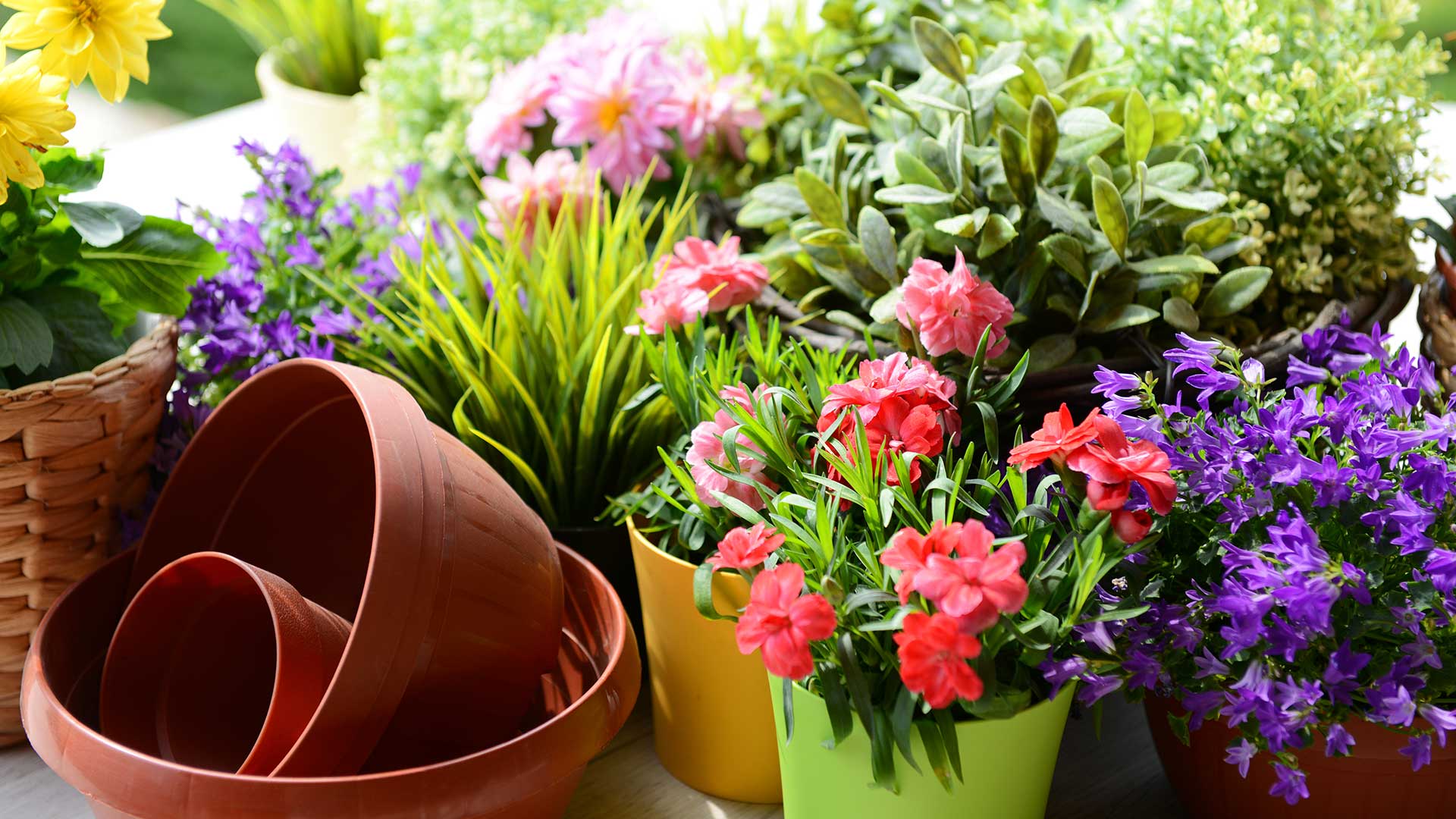
Waterlogged soil can cause container plants to suffer
Charles Carr, head of wholesale nurseries at Hillier Garden Centres, says, "If water accumulates in the bottom of a container, it can suffocate roots and even lead to rot or fungal diseases. To avoid this, make sure that your containers have drainage holes to allow excess water to escape."
Garden designer Harriet Worsley says to look out for these drainage holes getting blocked. "Always make sure that when you water, the water drains out of the bottom of the pot afterwards and the soil feels damp but not like wet mud.
"When we plant, we use gravel or Leca drainage balls [available from Amazon] in the bottom of the container, then a permeable membrane and then the soil," she adds. "This stops the soil washing through into the gravel or Leca and then out of the bottom of the pot," – a useful gardening tip.
Sign up for the woman&home newsletter
Sign up to our free daily email for the latest royal and entertainment news, interesting opinion, expert advice on styling and beauty trends, and no-nonsense guides to the health and wellness questions you want answered.
You can also use pot feet, which are available to buy from Amazon. These raise the containers off the ground, Charles explains, which helps drainage by allowing water to leave the pot more freely.

Charles has been a valued member of the Hillier team since January 2018 and has a wealth of experience and passion for the world of horticulture. After training as an apprentice at Hillier from 1987 to 1991, Charles now oversees site management and team coordination, plant purchasing, production scheduling, and developing Hillier’s range of plants.
2. Not watering enough

Plants in pots dry out quicker than those in the ground
Providing enough H2O is crucial for plant care, whether indoors or out. Harriet says, "Plants in containers need more water than plants in beds, as they dry out faster and the rain does not reach the soil if there is dense foliage."
Check the soil regularly, particularly in hot, dry periods, and water as needed. A moisture meter, such as this one from Crocus, can be a useful tool to gauge whether your plants need a drink.
Watering globes will help to keep your plants hydrated for longer and can be useful if you're going away for a few days during summer. Simply fill them with water and push them into the soil.
AMFUN Plant Watering Globes Stakes, £17.99 for 6 at Amazon
These attractive hand-blown colourful glass watering devices are an easy way to employ a self-watering feeding system in your containers
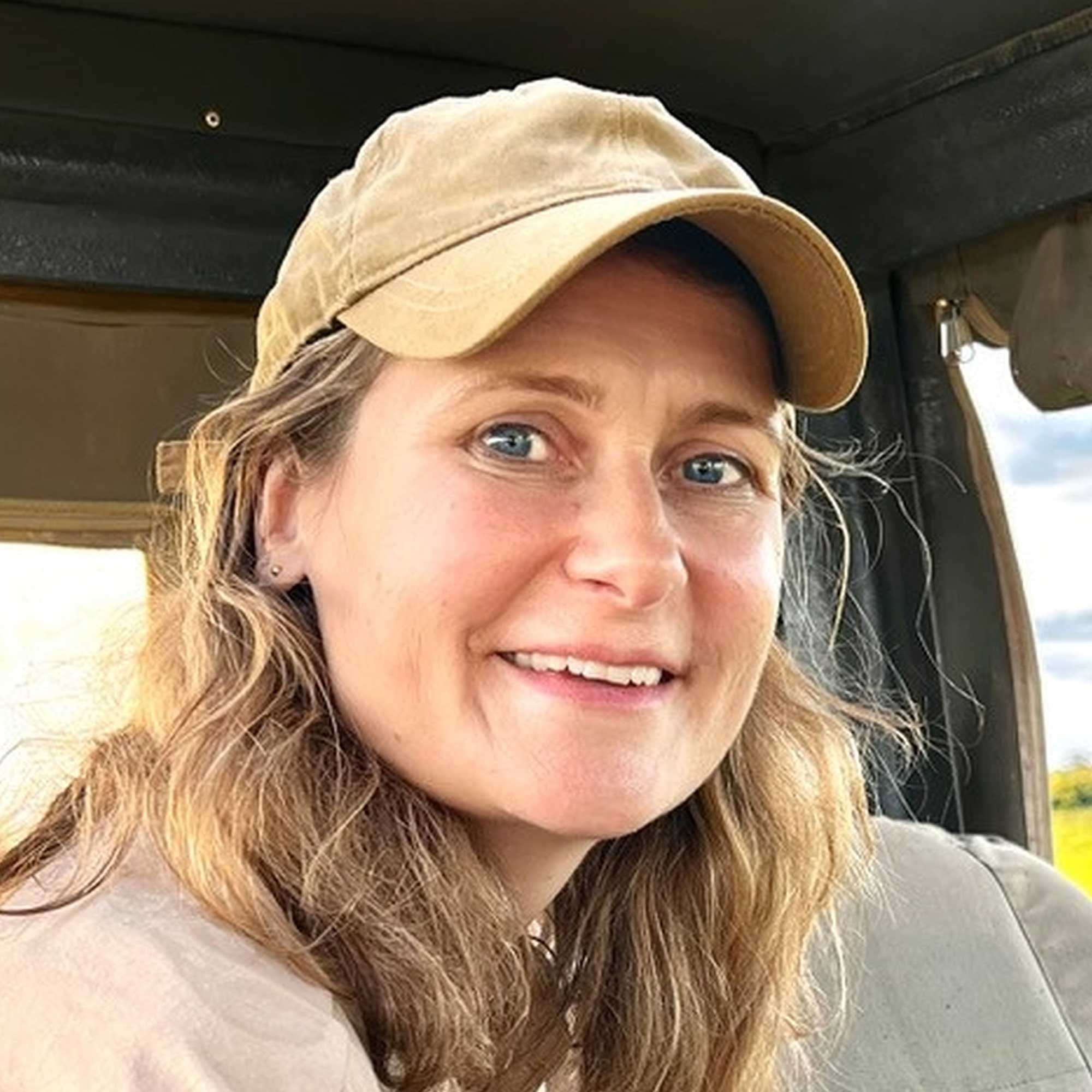
Garden designer Harriet Worsley set up Worsley Design & Consultancy after studying Garden Design and Planting Design and studying for her RHS Certificate of Horticulture. She worked as a landscape designer for a firm in Notting Hill and as a weekly volunteer at the Royal Botanic Gardens, Kew, where she honed her plant knowledge. She has designed everything from small London roof terraces to large country gardens and enjoys combining minimalist landscaping using natural materials with swathes of relaxed loose planting.
3. Using pots that are too small

Ensure your plants have space to grow
Harriet says that one of the biggest container gardening mistakes in terms of design and plant health is to only use very small pots and troughs. "Not only do they dry out too fast but the plants can get pot-bound – where their roots grow tightly into the space and want to expand but can’t."
Charles recommends considering the size your best plants will be once established, and selecting containers that provide sufficient depth and width to accommodate them. "If you're unsure, opt for larger containers rather than smaller ones, as they offer more flexibility and are less likely to hinder plant growth.”
If you have a small garden, it might not be possible to choose large planters. However, even if you need to get pots with a small diameter, you can still buy them tall, Harriet points out.
4. Overlooking different plant needs
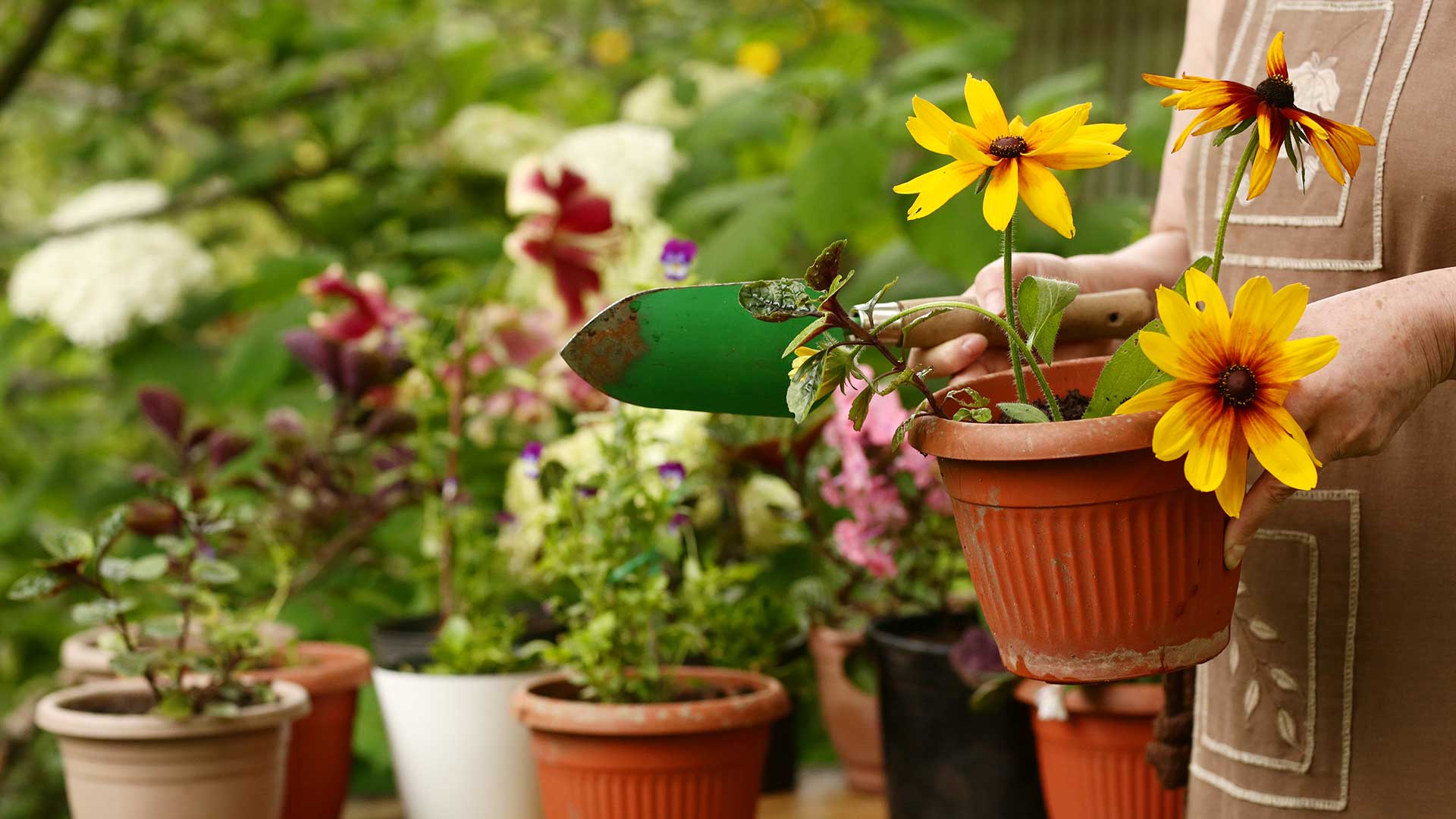
Group plants with similar requirements together
Whatever alluring plants you're choosing for your containers, it's crucial to remember their needs can vary. For instance, some plants need lots of sunshine while others, like hostas, are more suited to the shade.
Not only does this affect where to position your containers, but it also impacts the best varieties to plant together in the same pot. Charles says, “Planting species with conflicting needs in the same container can lead to one plant thriving at the expense of the other, resulting in stunted growth or even death."
He recommends researching the specific growing conditions of each plant you intend to grow and grouping together those with similar needs.
5. Forgetting to fertilise
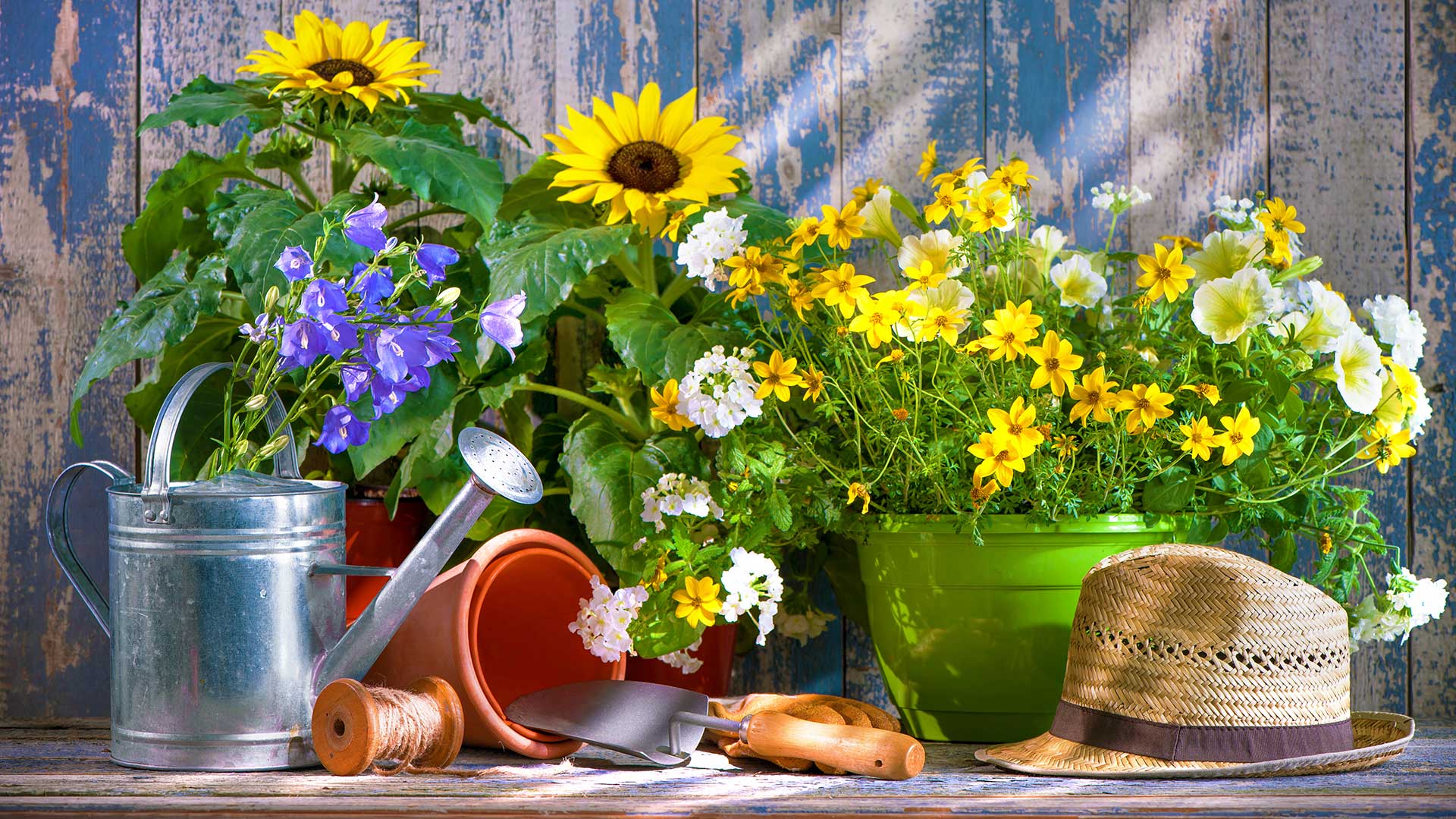
Fertiliser gives potting soil a boost in nutrients
Good-quality potting soil will provide freshly planted plants with nutrients for a while, but this goodness does deplete over time. That's why it's important to use fertilisers.
Charles says, "Using an appropriate feed encourages growth and fresh flowers, and thankfully there are many to choose from, including natural products or chemical fertilisers. Controlled-release fertilisers are a great option as they release small amounts over a prolonged period," he adds.
If using a commercial fertilizer, such as Miracle-Gro's liquid plant food from Amazon, always follow the application instructions, including the best time to feed. Ensure you get the dosage right – too much can do more harm than good.
6. Not checking for pests
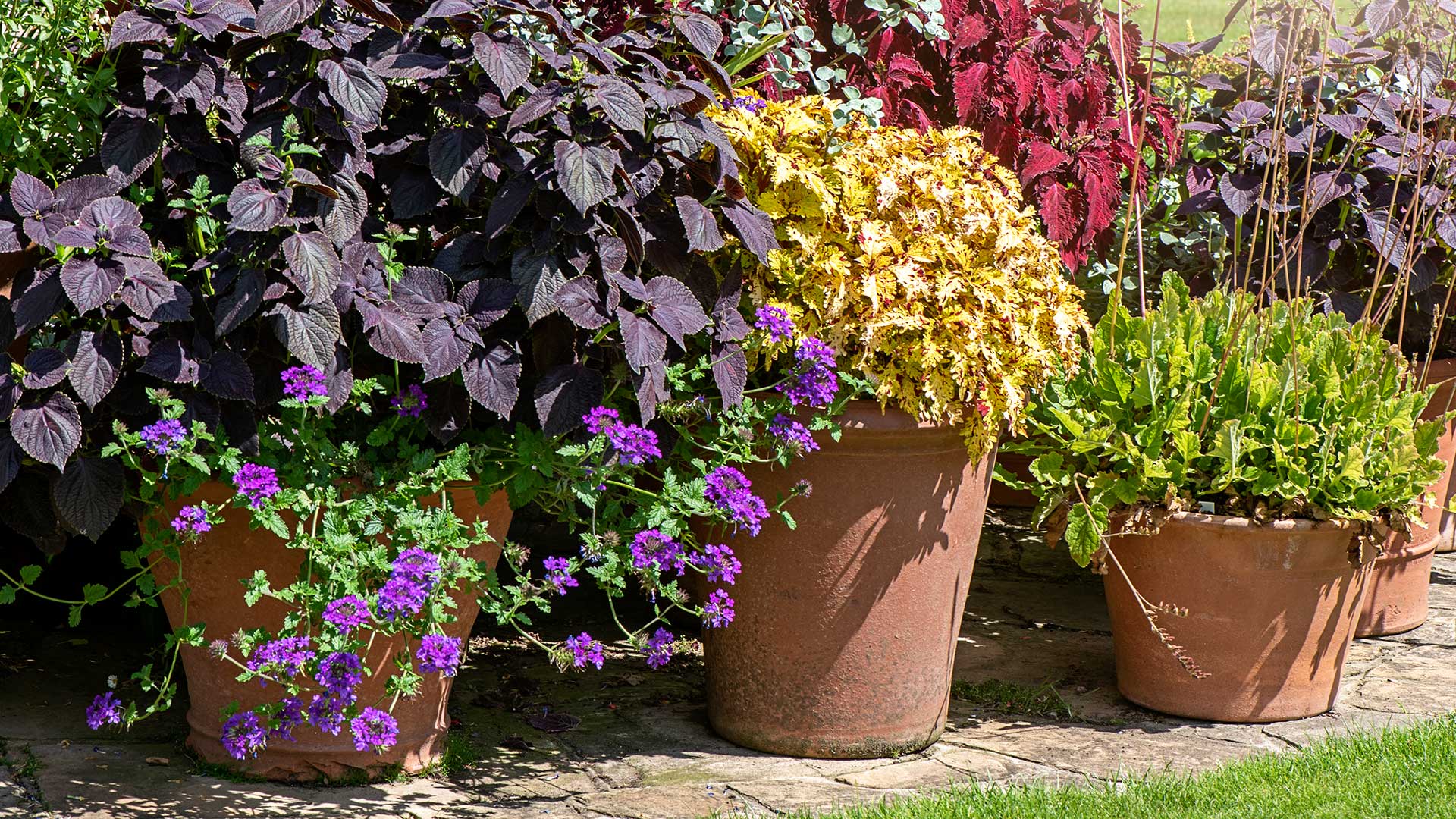
Keep an eye out for aphids and other nuisance bugs
Matthew Martin from nematode producer Nemasys highlights the importance of checking for pests – particularly vine weevil larvae. He says the latter has a particular liking for container-grown greenery, especially those with fleshy roots such as fuchsia, primula, begonia, and most evergreens.
They hide beneath the soil, nibbling away at the roots of beloved blooms, and if ignored, can kill plants very quickly, he warns. "Keep an eye out for any signs of wilting and yellowing leaves, as it might be a hint that these nuisance pests are present. Digging into the soil to expose the plant roots can also expose the plump c-shaped larvae for further confirmation." He recommends using nematodes, such as Nemasys' vine weevil killer from Amazon, to tackle these pests.
Natural Garden Solutions organic plant bug spray, also available at Amazon, can help to treat many other common container pests, such as aphids and whitefly.
7. Neglecting containers over winter

Some container plants can handle winter weather, but others will need a bit more protection
Containers are vulnerable to inclement winter weather, so you may need to take steps to protect these plants from frost.
For long-term container plantings, such as shrubs or small trees, consider wrapping the pots with bubble wrap or horticultural fleece to prevent the soil from freezing and the pots from cracking. You may wish to bring some plants into a more sheltered space, such as a greenhouse, or cluster them together against a wall or beneath a porch.
Remember any tender plant varieties, such as pelargoniums, won't survive frosts but can be overwintered in a conservatory.
FAQs
Do you need to repot container plants?
Healthy perennial plants will eventually outgrow their containers, even if these were generously sized to start with. This leads to congested roots and stunted growth.
Every few years, consider moving your container plants into slightly larger pots with fresh potting soil. It's generally best to do this in spring. Alternatively, some plants can be divided and replanted into separate, smaller pots – giving you more container plants for free.
If you don't want your plant to get any bigger, consider lightly pruning the roots with a clean pair of secateurs and repotting it into the same pot but with fresh soil.
How should you care for containers in the summer?
Watering is key when caring for container plants in summer – if it's really hot and dry, you may need to give them a drink twice daily. Some plants are less tolerant than others of hours of direct sunshine, so you might need to provide these with a bit of cool shade for part of the day.
Many flowers, such as petunias and roses (both perfect for cottage gardens), will benefit from deadheading which will encourage more blooms.
Top tip: Kate Turner, a gardening guru at Miracle-Gro, says, "Metal containers look very chic but can heat up quickly, so always line them with an empty compost bag and don’t forget to pierce drainage holes."
Planting pots is a great job to tick off if you're sorting the garden out, as it can instantly add colour and life to your space. And, by keeping the above container gardening mistakes in mind, you're more likely to have a long-lasting display that will provide the perfect backdrop to alfresco entertaining.

The garden was always a big part of Holly's life growing up, as was the surrounding New Forest where she lived. Her appreciation for the great outdoors has only grown since then; she's been an allotment keeper, a professional gardener, and a botanical illustrator. Over three years ago, Holly started writing about plants and outdoor living full-time, first for Gardeningetc.com and now for popular lifestyle titles such as Homes & Gardens.
-
 Salomon XT-6 Gore-Tex: The 'most stylish' waterproof walking shoes I've seen in years - and now on sale
Salomon XT-6 Gore-Tex: The 'most stylish' waterproof walking shoes I've seen in years - and now on saleIt's difficult to find a walking shoe that works just as well off the trails as on them, but I've found it with the Salomon XT-6 Gore-Tex
By Grace Walsh
-
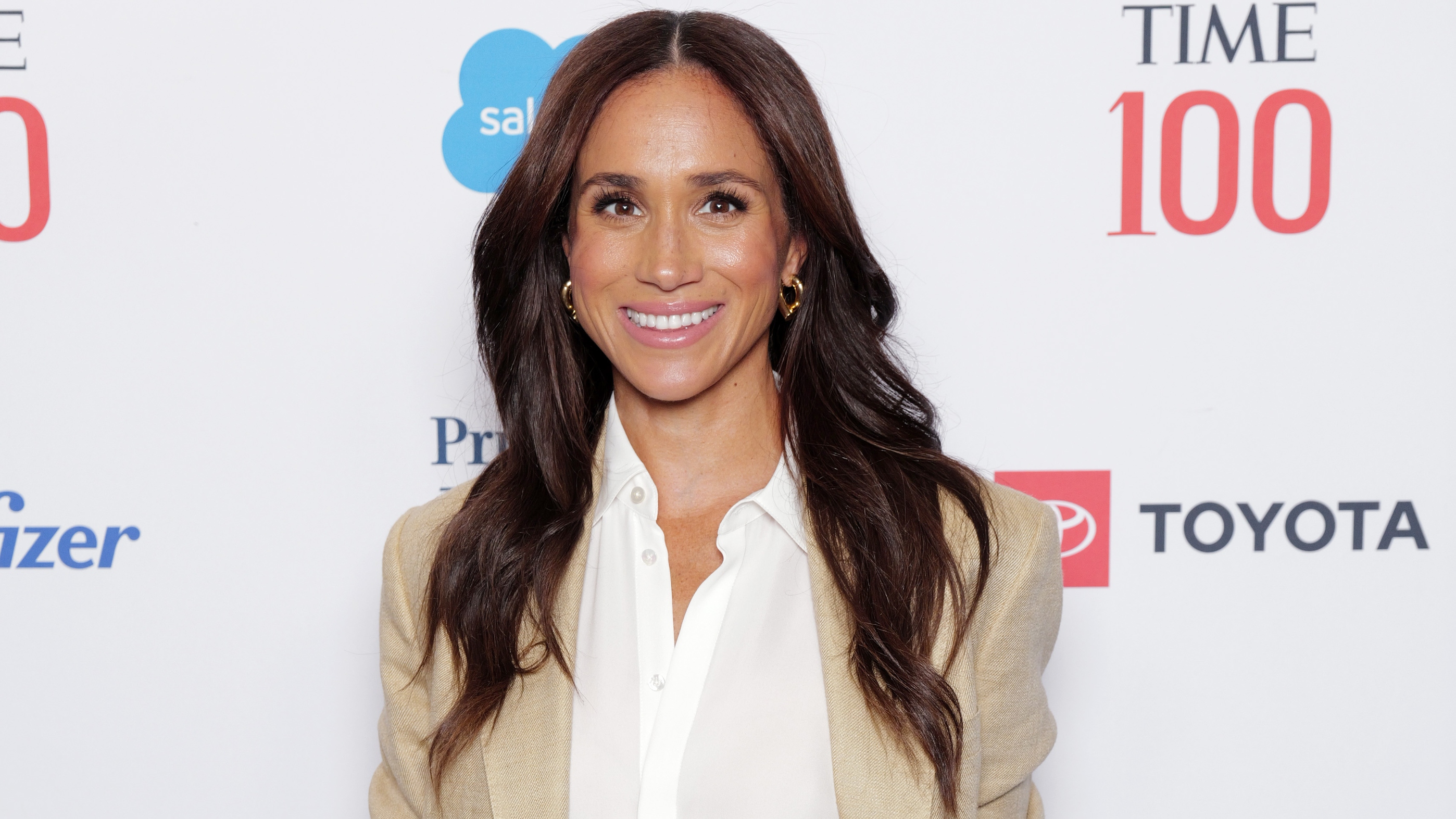 Bye skinny jeans, hello palazzo trousers - Meghan Markle nails New York spring style with her ultra-wide leg look
Bye skinny jeans, hello palazzo trousers - Meghan Markle nails New York spring style with her ultra-wide leg lookJeans will never fully be replaced in my wardrobe but I’ve been finding myself drawn to wearing trousers more and more recently.
By Emma Shacklock
